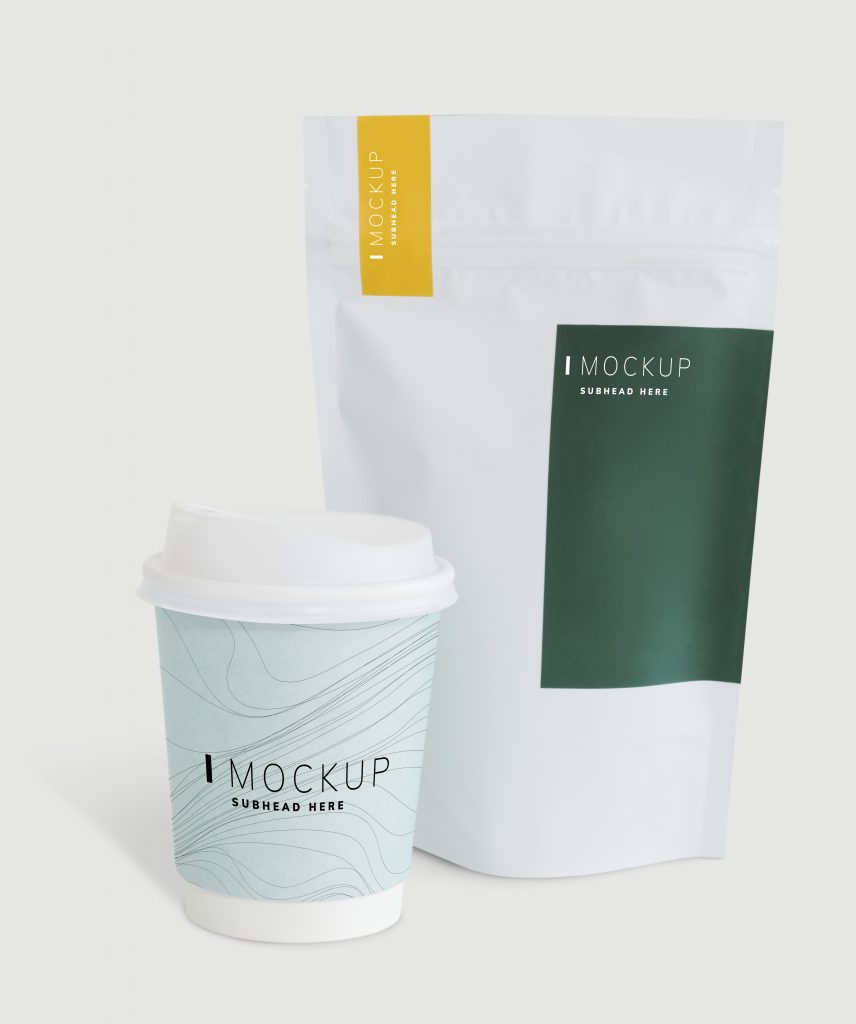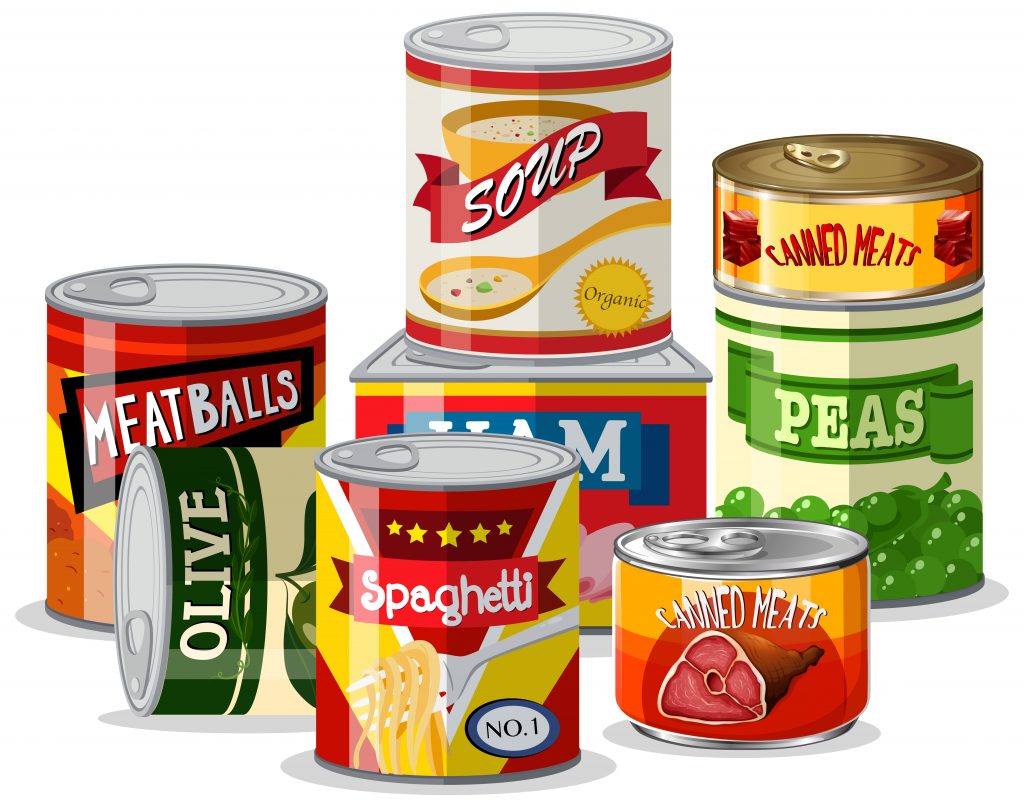
Highlights
- Sustainable food packaging refers to using packaging materials and practices with reduced environmental impact, focusing on waste reduction, recycling, and minimizing reliance on non-renewable resources.
- Various types of food packaging materials include plastic, glass, metal, and paper/cardboard, each with its benefits and environmental considerations.
- Sustainable food packaging is important due to its positive environmental impact, waste reduction, resource conservation, climate change mitigation, consumer preference, regulatory compliance, innovation, circular economy principles, ecosystem preservation, and ensuring a sustainable future.
- Sustainable food packaging options include bioplastics, paper-based packaging, plant-based materials, reusable containers, edible packaging, bio-based coatings, nanotechnology-enabled packaging, mushroom packaging, seaweed-based packaging, pulp packaging, and minimalist packaging.
Food safety knowledge is for all!

Every consumer deserves to have high quality and safe food. …Read more!

What is sustainable food packaging?
Sustainable food packaging refers to the use of packaging materials and practices that have a reduced environmental impact throughout their lifecycle.
It focuses on minimizing waste generation, promoting recycling and composting, and reducing reliance on non-renewable resources. Sustainable food packaging aims to strike a balance between protecting and preserving food while minimizing negative ecological consequences.
Types of food packaging materials
There are various types of food packaging materials available, including:
- Plastic: Commonly used for its durability and versatility, but can have significant environmental impacts if not properly managed.
- Glass: A recyclable material that is inert and preserves food well, but it can be heavy and fragile.
- Metal: Often used for cans and beverage packaging, which is recyclable, but the production process can be energy-intensive.
- Paper and cardboard: Recyclable, renewable, and widely used for various food packaging applications.

You may also be interested with: Sustainable Agriculture and Food Production
Importance of sustainable food packaging
The importance of sustainable food packaging cannot be overstated in the quest for a more environmentally conscious and responsible food system. Traditional packaging, particularly single-use plastics, contributes to pollution, waste generation, and resource depletion.
Sustainable food packaging mitigates these negative impacts by reducing waste, conserving resources, and addressing consumer demand for eco-friendly solutions. It not only helps protect the environment but also enhances brand reputation, complies with regulations, fosters innovation, and paves the way for a circular economy and a sustainable future for generations to come.
Sustainable food packaging is important for several reasons:
- Environmental impact: Traditional food packaging, especially single-use plastics, contributes to pollution, waste generation, and depletion of natural resources. Sustainable food packaging helps mitigate these negative impacts and reduce the carbon footprint of the food industry.
- Waste reduction: Sustainable packaging aims to minimize waste generation by using materials that are recyclable, compostable, or biodegradable. This helps divert packaging waste from landfills and incineration, reducing the overall environmental burden.
- Resource conservation: Sustainable food packaging emphasizes the efficient use of resources. It promotes the use of renewable and responsibly sourced materials, reducing dependence on finite resources like fossil fuels.
- Climate change mitigation: Sustainable packaging options often have lower greenhouse gas emissions compared to conventional packaging. By choosing eco-friendly materials and production processes, sustainable packaging contributes to mitigating climate change.
- Consumer preference: With the increasing awareness and concern about environmental issues, consumers are actively seeking products with sustainable packaging. Adopting sustainable packaging practices can enhance brand reputation, attract environmentally conscious consumers, and drive market demand.
- Regulatory compliance: Governments and regulatory bodies worldwide are implementing measures to reduce plastic waste and promote sustainable packaging. Adhering to these regulations is essential for businesses to avoid penalties and maintain compliance.
- Innovation and industry leadership: Embracing sustainable food packaging encourages innovation within the industry. It motivates research and development efforts to create more environmentally friendly materials, technologies, and packaging solutions.
- Circular economy: Sustainable packaging aligns with the principles of a circular economy, aiming to minimize waste, maximize resource efficiency, and promote recycling and reuse. It fosters the transition from a linear “take-make-dispose” model to a more sustainable and circular approach.
- Ecosystem preservation: Sustainable packaging practices contribute to the preservation of ecosystems by reducing pollution, minimizing habitat destruction, and protecting biodiversity.
- Future generations: Sustainable food packaging is crucial for ensuring a healthier and more sustainable future for generations to come. By making conscious choices today, we can preserve resources and create a greener world for future populations.

Sustainable food packaging options
In today’s world, sustainable food packaging has become a pressing concern due to the environmental impact of conventional packaging materials. To address this challenge, a range of innovative and eco-friendly options have emerged.
From bioplastics and plant-based materials to reusable containers and edible packaging, sustainable food packaging options offer practical solutions that minimize waste, conserve resources, and promote a greener future.
Here are some sustainable food packaging options:
- Bioplastics: Made from renewable sources like corn, sugarcane, or algae, bioplastics are designed to have a lower environmental impact compared to traditional plastics.
- Paper-based packaging: Paper and cardboard packaging, sourced from responsibly managed forests, can be recyclable and compostable.
- Plant-based materials: Packaging made from plant-based sources such as bamboo, bagasse, or palm leaves offer renewable and compostable alternatives.
- Reusable containers: Encouraging the use of reusable containers that can be returned, cleaned, and refilled helps minimize single-use packaging.
- Edible packaging: Packaging made from edible materials, like seaweed or other plant-based films, offers a unique solution to reduce waste.
- Bio-based coatings: Applying bio-based coatings to existing packaging materials can improve their sustainability. These coatings, derived from natural sources like starch or wax, enhance the barrier properties of the packaging, extend shelf life, and reduce the need for additional layers or materials.
- Nanotechnology-enabled packaging: Nanotechnology offers opportunities for creating sustainable packaging with enhanced properties. Nano-packaging can provide improved barrier functions, antimicrobial properties, and extended shelf life, reducing food waste and enhancing sustainability.
- Mushroom packaging: Mushroom packaging, also known as mycelium packaging, is made from the roots of mushrooms called mycelium. It is an innovative and compostable material that can be molded into various shapes and provides a sustainable alternative to traditional packaging materials.
- Seaweed-based packaging: Seaweed is a rapidly renewable resource that can be used to produce packaging materials. Seaweed-based packaging is biodegradable, compostable, and offers good barrier properties, making it suitable for certain food products.
- Pulp packaging: Pulp packaging is made from molded fibers typically derived from recycled paper or agricultural byproducts. It is a renewable, compostable, and biodegradable option suitable for various food products.
- Minimalist packaging: Designing packaging with minimal material usage while ensuring product protection and safety can reduce waste.
Our Blog ↗
Read the latest from our blog
Ask a Question ↗
Ask a question and get answers from our community
Give Feedback ↗
We value your feedback.
Cover image designed by Freepik.

